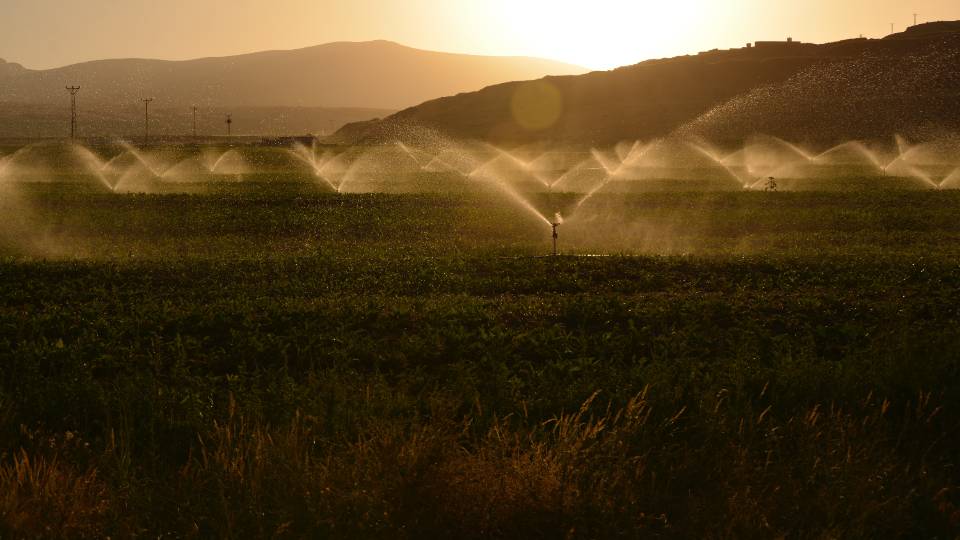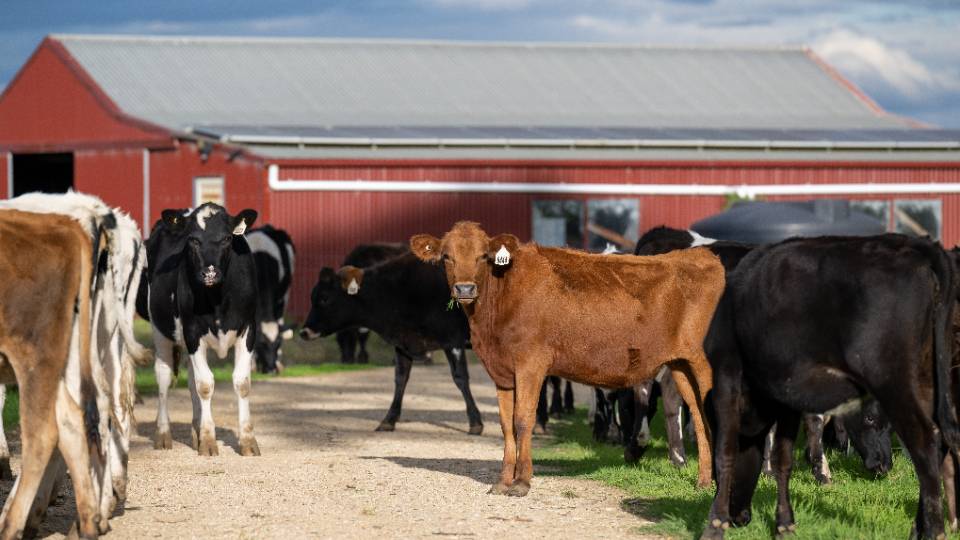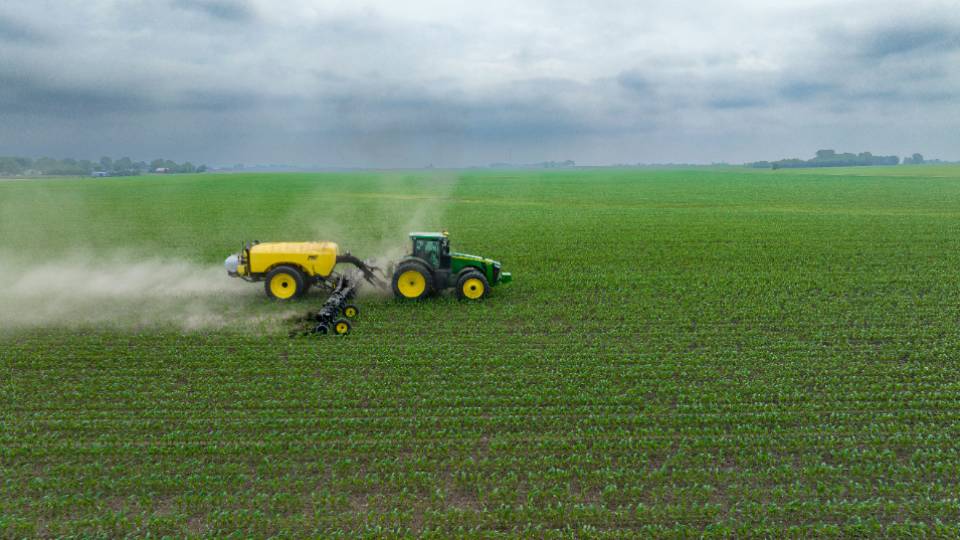Irrigation Water Frequently Asked Questions

Irrigation water- commonly referred to as secondary water- is a primary source of water consumption in Utah. Uses range from irrigating crops to watering lawns. Before using this water, learn answers to frequent questions to best utilize this resource.
Where does irrigation water come from?
Irrigation in Utah comes from three sources- ground water, surface water bodies with a Class 4 designation, and reclaimed wastewater. Sources of water are tested to determine safe designated uses based on common water quality indicators. Class 4 waters are protected for agricultural uses, such as irrigating crops and watering stock. This water is not held to the same standard as Class 1 or Class 2 waters, which are used for drinking and recreational waters.
Is irrigation water treated?
In general irrigation water is not treated, as it is not intended for consumption or primary contact from humans. The FDA requires testing of irrigation water used for growing produce to prevent pathogen contamination and heavy metal uptake by the plants[1].
Does irrigation water contain chemicals?
Irrigation water is tested before it travels to its destination- not after. The water can pick up pollutants as it moves through pipe. Irrigation water that is acidic can corrode metal pipes over time, resulting in increased heavy metal levels in the water. In addition, organic microcontaminants have become a growing problem, as traces of common pharmaceuticals have been found in food crops watered with irrigation systems. Incorrect disposal of medications and human consumption of medications leads to elevated levels of pharmaceuticals in reclaimed wastewater used for irrigation[2].
What are common problems with irrigation water?
The quality of irrigation water has an impact on soil quality and crop yields, making it an important topic for agricultural production. Irrigation water often has an excessive number of dissolved solids, which make the water saline[2]. This can cause a state of physiological drought, making it so thoroughly watered plants have trouble with water uptake as the water in the soil is more hypertonic than the water in the plant cells[3].
How can irrigation water quality be improved?
If you are concerned about the quality of your irrigation water, the first step is to get it tested at a facility that tests water for agricultural uses. Based on the results of the test, landowners can decide the most cost-effective treatment option to correct the issue. Options for improving irrigation water quality include installing a filtration or treatment system and mixing sources of irrigation water. Rather than treating the water, other possibilities include using soil amendments, such as gypsum or acids to counteract water with high sodium or lime content, and improving irrigation efficiency to prevent salts accumulation in the soil from evaporation[3].
References
[1] Standards for the Growing, Harvesting, Packing, and Holding of Produce for Human Consumption, 80 FR 74353 (Nov. 26, 2015) (to be codified at 21 C.F.R. pts. 11, 16, & 112).[2] Malakar, A., Snow, D. D., & Ray, C. (2019). Irrigation water quality—a contemporary perspective. Water, 11(7), 1482. https://doi.org/10.3390/w11071482
[3] Mourya, S., & B Lal Mourya, R. (2018). Irrigation water quality problems and their management. IJERT, 3(03). https://doi.org/10.17577/IJERTCONV3IS03012
Authors
Erin Rivers, Title; Abby Barton, Intern
Related Research






